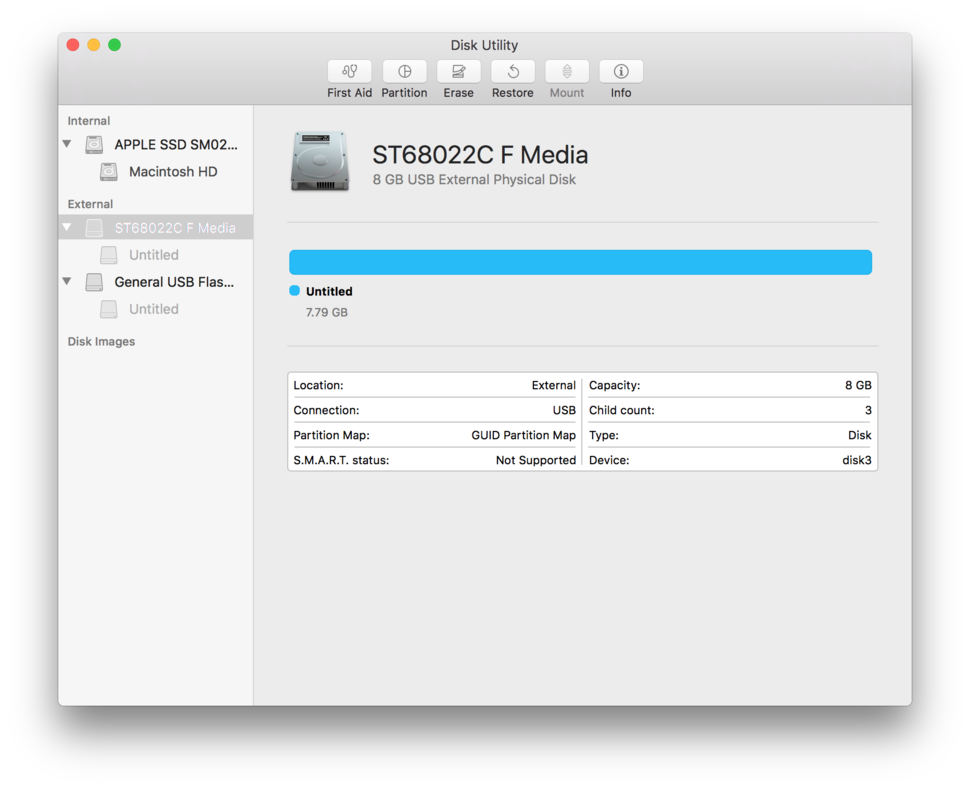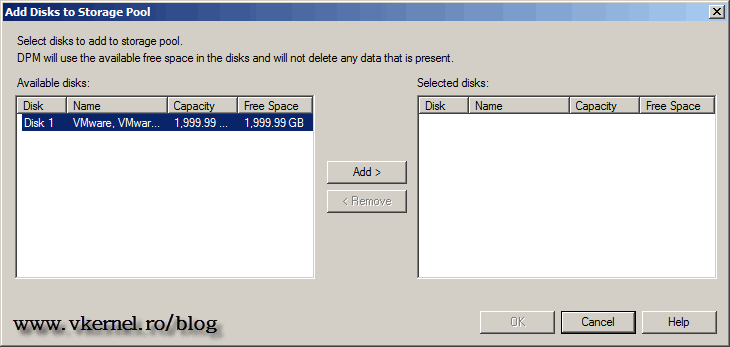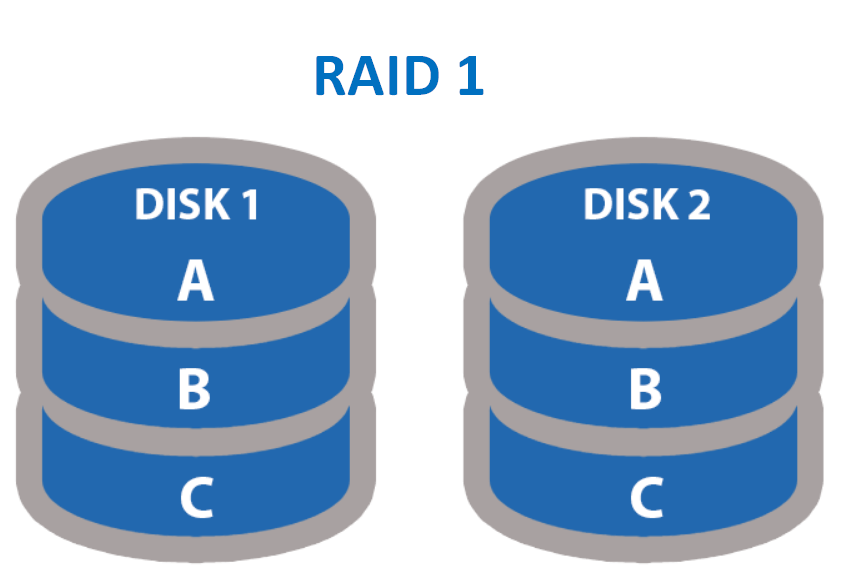


You define size and parity of the Virtual Disk. Created on set of physical disks (Storage Pool). We will create virtual disks on this set of physical disks. Disks can be very different in size and type.
/cloudfront-us-east-1.images.arcpublishing.com/gray/2QX6IBUYRNBSEHRBGOJEKC5W4Y.jpg)
That means, it won’t work in most cases unless you combined all components very carefully. UPDATE : In practice, this card won’t work if your MB is not on it’s “supported” list, or your MB does not have “x16 = 4 devices x4” option, or your CPU/MB does not have enough free PCIe lanes. And you can have 4 such cards if motherboard permits, for total of 16 M2 disks:įilled with 2TB M2 drives, that would give you 16×2 = 32 TB of space with totally insane speed of 40 GB/s!!! In theory at least. One can use a PCIe card like this one, that measures 10 000 MB/s (yes, 10 GB per second – watch test here!) write and read speeds! Insane. If you need speed, today’s normal, affordable M2 drives reach 3200 MB/s and 500 000 IOPS easily, just one individual drive, eg. So just create a “simple” (striped, RAID0) virtual disk across all of drives and enjoy phenomenal increase in speed without losing capacity.

As multiple disks work in parallel for better resulting speed. Increase the speed of your local storage.For those having or planning to have at least 2 disks (plus OS drive) it can: Well, if you do not have Windows OS, and you have only 1 disk, then none. What benefits can Storage Spaces give me? Just not many people know about it and how big value can it bring to you. There is a hidden gem in Windows OS you can leverage for free. Whether you have a big database that needs speed, or other valuable data like documents or just personal pictures you do not want to lose when disk fails (disks DO fail without notice, just a matter of moment), you should read this post.


 0 kommentar(er)
0 kommentar(er)
